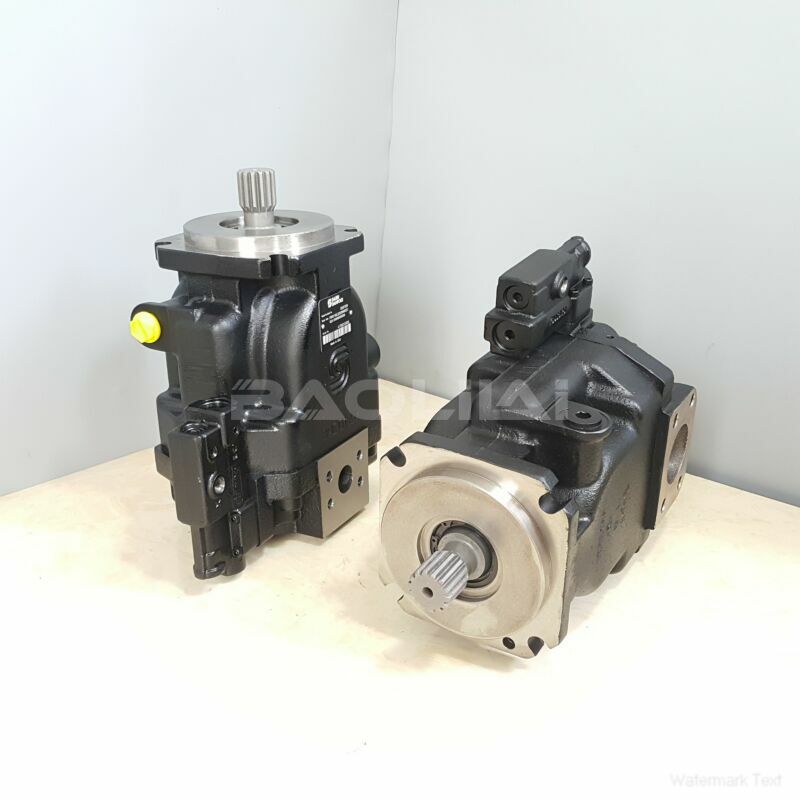FRR074BLS2520NNN3S2A2A1NNNNNNNNNN danfoss pump
FRR074BLS2520NNN3S2A2A1NNNNNNNNNN danfoss pump

- Product Details
- Applicable Scene
In modern automotive engineering, the efficiency and performance of internal combustion engines have become paramount. One of the critical components that contribute to this performance is the fuel injection system, specifically the high-pressure pump. This article will explore the significance of high-pressure pumps in fuel injection systems for cars, outlining their function, benefits, and impact on engine performance.
FR-R-074B-LS-25-20-NN-N-3-S2A2-A1N-NNN-NNN-NNN
FRR074BLS2520NNN3S2A2A1NNNNNNNNNN
High-pressure pumps serve a vital role in delivering fuel from the tank to the engine at the necessary pressure levels. The fuel injection system is designed to atomize fuel efficiently, thereby achieving optimal combustion and reducing emissions. High-pressure pumps ensure that the fuel reaches the injectors at the exact pressure required for proper operation. This is crucial because insufficient pressure can result in poor atomization, leading to incomplete combustion, increased emissions, and reduced engine efficiency.

83001096
One of the defining features of high-pressure pumps is their ability to generate and maintain the high pressures needed for direct injection systems, which can operate at pressures exceeding 200 bar (approximately 2900 psi). These direct injection systems, increasingly used in modern vehicles, inject fuel directly into the combustion chamber rather than the intake manifold. This method allows for better fuel atomization and a more homogeneous air-fuel mixture, enhancing power output and fuel efficiency.
The technology behind high-pressure pumps has evolved significantly, incorporating advanced materials and designs to improve reliability and performance. Electric fuel pumps and mechanically driven pumps are the two main types employed in automotive applications. Electric pumps, often found in modern vehicles, can control fuel delivery more precisely, adapting to varying engine demands. This adaptability not only improves power output but also aids in achieving lower emissions, contributing to the vehicle’s overall environmental performance.





